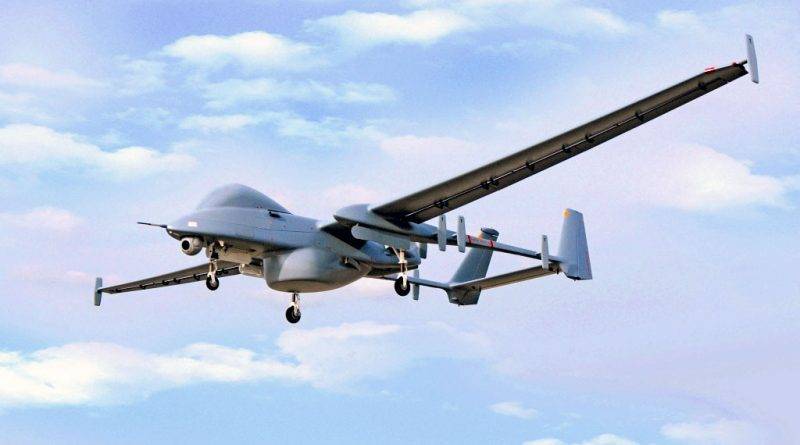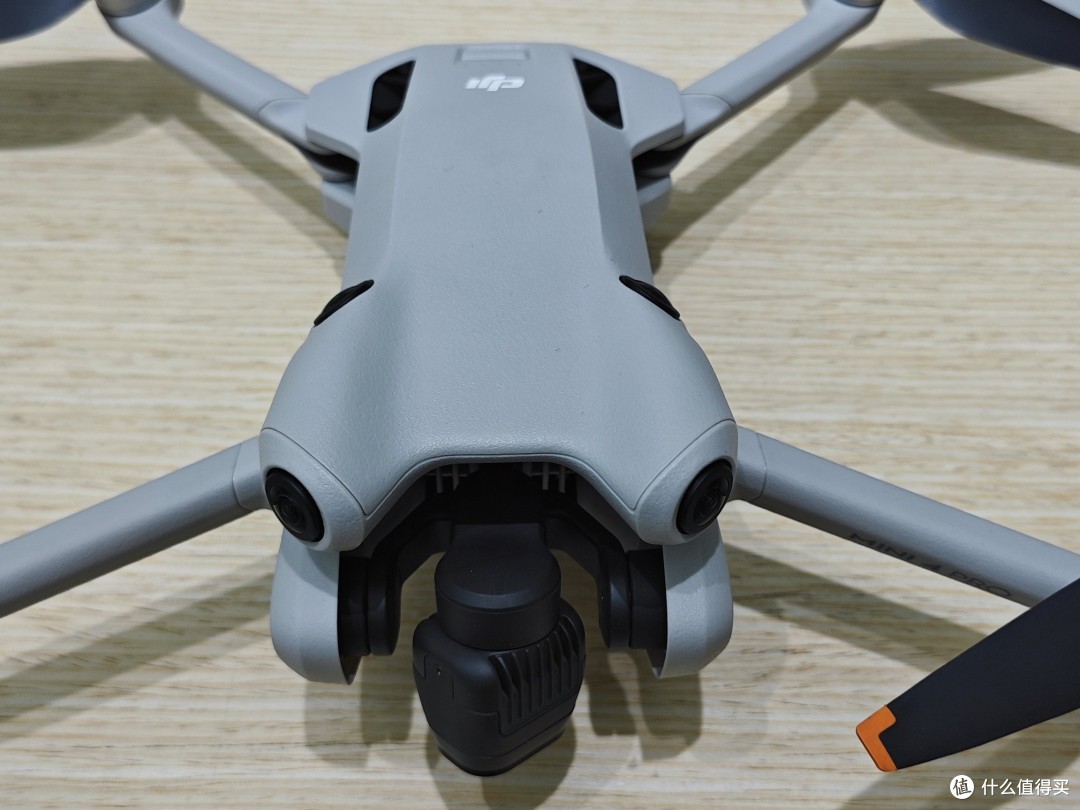The utilization of drones in enhancing nuclear detection capabilities has become a pivotal focus in modern security strategies. As technology advances, the importance of using drones for nuclear detection underscores a remarkable shift in safeguarding measures, ensuring greater coverage and more robust systems.
Why Drones Are Key to Nuclear Detection
Drones provide an aerial advantage that traditional ground-based detection systems lack. Equipped with sophisticated sensors, these unmanned aerial vehicles (UAVs) can swiftly traverse areas, gathering real-time data and detecting potential nuclear threats from various vantage points. This aerial mobility allows for comprehensive surveillance that is both efficient and less intrusive compared to fixed monitoring stations. Furthermore, the integration of artificial intelligence in drone operations streamlines data processing, offering rapid analysis to identify and assess risks.
Advantages of Drone Deployment in Nuclear Detection
Several benefits come with employing drones for nuclear detection:
- Versatile Coverage: Drones can access hard-to-reach areas and provide expansive monitoring over challenging terrains.
- Quick Response:
 In the event of nuclear threats or emergencies, drones can be deployed swiftly, reducing response time and potential harm.
In the event of nuclear threats or emergencies, drones can be deployed swiftly, reducing response time and potential harm. - Reduced Human Risk: With UAVs conducting surveillance, human exposure to hazardous conditions is minimized.
- Cost-Effectiveness: Compared to manned aircraft and stationary systems, drones offer a more economical solution for large-scale nuclear detection.
Challenges and Solutions
Despite their promising applications, drones face several challenges in nuclear detection:
Battery life and flight time limitations require constant innovation to enhance longevity. Advanced battery technologies and energy-efficient designs are pivotal in extending operational durations. Additionally, the complexity of developing sensors capable of accurately identifying nuclear material presents a technical hurdle. Continuous research and development in sensor technology are essential to meet these demands.
Implementing Drone-Based Detection Systems
To successfully deploy drone technology in nuclear detection, several steps need consideration:
- Collaborative efforts between governmental agencies and tech developers are crucial for system integration.
- Providing training for operators ensures that drones are utilized effectively and safely.
- Development of advanced communication infrastructures to enable seamless data sharing and response coordination.
The future of nuclear detection is increasingly relying on sophisticated drones that offer scalable solutions without compromising on efficiency or reliability.
Future Prospects
The adoption of drones in nuclear detection heralds a future where security measures are not only more integrated but also more proactive. With continual advancements in drone technology, the capability to detect and address nuclear threats becomes more precise and efficient.

FAQ
Q: How do drones improve nuclear detection accuracy?
A: Drones equipped with advanced sensors can detect nuclear material from various angles and altitudes, thus improving detection precision and reducing false positives.
Q: What types of sensors are used in nuclear detection drones?
A: Most drones use spectroscopic sensors to identify radiation signatures and chemical sensors for detecting nuclear material composition.